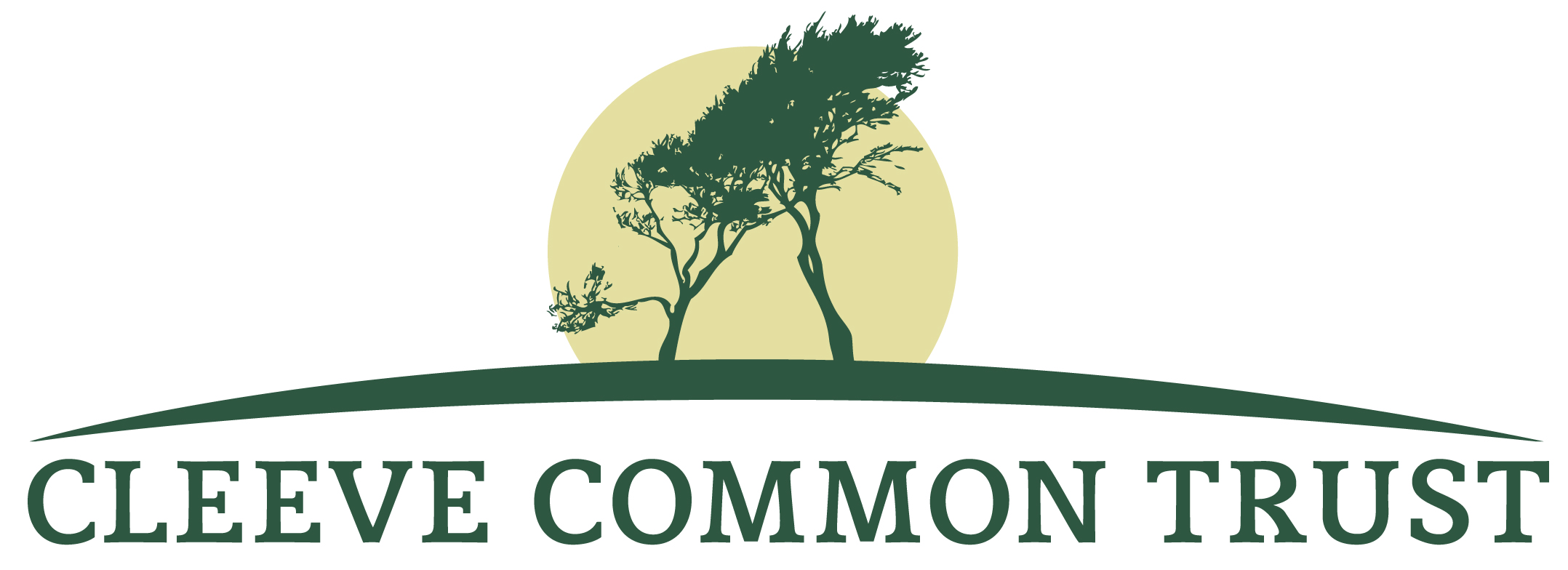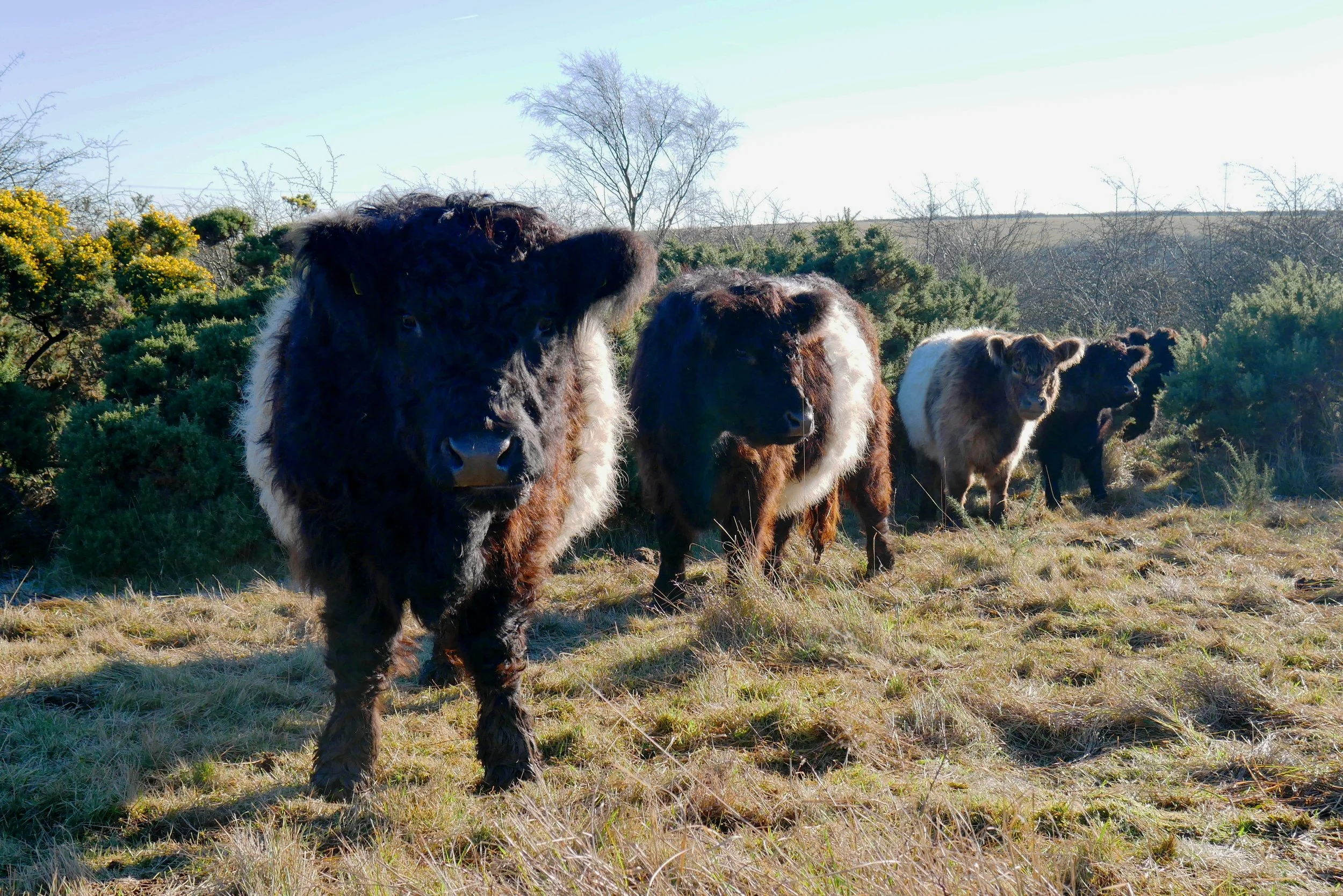Why is Cleeve Common Special?
There are so many reasons! It all depends on your perspective. And we would love to hear from you about your experiences of this special place.
Here we explore some of the things that make Cleeve Common the wonderful place that it is.
Pyramidal Orchid on the front of Cleeve Common. Image Credit Nicole Daw
Cleeve Common is home to a huge variety of wildlife which stems from the underlying geology and the way it has been managed over the centuries. Most of the Common consists of ‘unimproved limestone grassland’, found on shallow, free-draining and alkaline soils. Unlike much of the surrounding land, this grassland has not been agriculturally improved - ploughed and re-seeded or treated with artificial fertiliser or herbicides. The only management over the centuries has been extensive grazing and some cutting back of scrub. In the 1930s, 40% of the Cotswolds Area of Outstanding Natural Beauty (AONB) was covered in wildflower-rich grassland. Sadly, agricultural intensification and changing land management practices has led to the loss of almost all this grassland…less than 1.5% remains.
It is a harsh environment with thin soil, poor in nutrients and so all types of plants struggle to survive. This battle for survival makes room for great diversity – no single species can become dominant leading to a great variety of wildflowers and grasses. Wild thyme, rock-rose, fairy flax, and small scabious can be found along with the endangered purple milk-vetch. Several types of orchid can be seen including relatively common species such as the pyramidal orchid and the rare frog and musk orchids.
The diversity of plants and habitats supports an abundance of other wildlife from glow-worms to skylarks. You can find out more about wildlife on the Common here.
The Common is one of the best sites in the area to see the underlying geology, with limestone layers made visible by quarrying and fossils to be found amongst the scree. You can find out more about the geology of the site here.
The wildlife and geology of Cleeve Common are of such importance that the area has been designated as a Site of Special Scientific Interest (SSSI). This means that it is protected against damage and has to be managed carefully to maintain its habitats, species and geological features.
Humans have been active on Cleeve Hill since ancient times and have left their mark on the landscape. Remains of an Iron Age camp and a boundary bank called the cross-dyke can be explored along with more recent features like the sheep wash. To find out more click here.
Whatever your interest, Cleeve Common offers an amazing location to blow away the cobwebs and get some fresh air whilst taking in those fabulous views across to the Malverns and Welsh hills.

